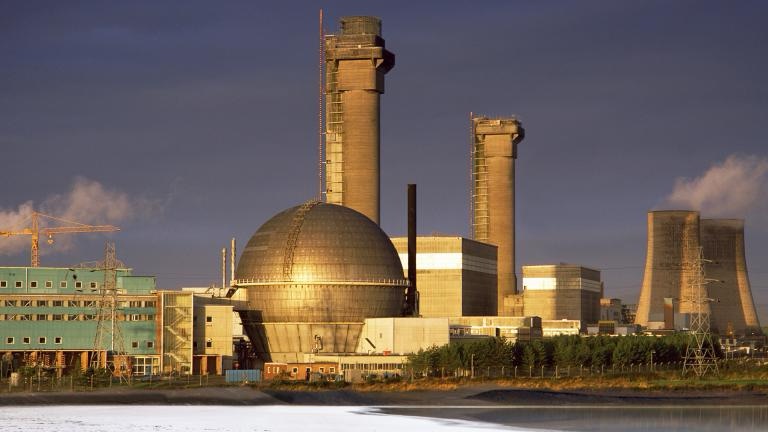In 1957, the UK faced its worst nuclear disaster, rooted in a complex series of events. In the early 1950s, two nuclear reactors, called ‘piles’, were built at the Windscale site in Cumbria, not to produce energy but to generate plutonium for nuclear weapons in the Cold War. The project moved swiftly, and challenges emerged. For instance, Sir John Cockcroft ordered filters to capture radioactive particles in case of accidents, but they were added on top of the reactor chimneys, earning the nickname ‘Cockcroft’s Follies’.
The technology was new and not fully understood. Windscale’s graphite components and low temperatures caused the build-up of Wigner energy, which could trigger a fire if not released. Scientists regularly performed a process called ‘annealing’ to release this energy, which initially worked. However, modifications for tritium production to develop hydrogen bombs further complicated the reactors’ design.
In October 1957, a fire broke out in Pile 1 during annealing. The pile became too hot, and on October 10, operators realized the uranium fuel had ignited. Although the cause is debated, many believe the rush to prioritize output over safety played a role. Attempts to extinguish the fire using metal poles, carbon dioxide, and water all failed. The fire was finally contained on October 11 by cutting off airflow. The incident was rated Level Five on the International Nuclear Event Scale, similar to the USA’s Three Mile Island disaster. Fortunately, Cockcroft’s filters minimized the release of radioactive particles.
The government only acknowledged milk contamination as a consequence of the fire. Radioactive iodine-131 landed on grass eaten by cows, leading to contaminated milk, especially risky for children’s thyroids. Milk sales within a 200-square-mile area were banned for a month, though radioactive particles spread across the UK and Europe.
Documents about the incident remained classified until the late 1980s. In 1990, an expert estimated the fire caused about 100 cancer deaths and many non-fatal cases. Pile 1 remained sealed for decades, with decommissioning only recently starting. In 2021, the government announced the demolition of Pile 1’s chimneys, with the filters removed earlier.
Now renamed Sellafield, the site continues nuclear work. While no further Level Five incidents have occurred, several Level Three and Four safety issues have arisen. Decommissioning is expected to be completed by 2140.
